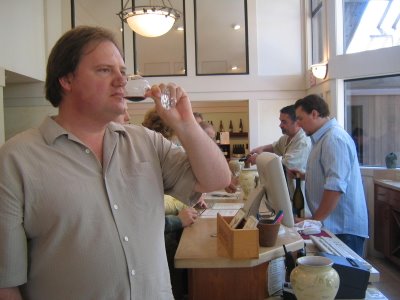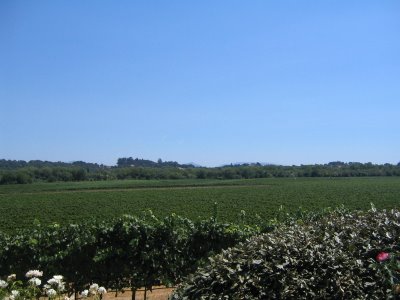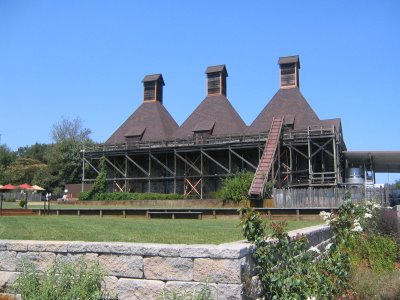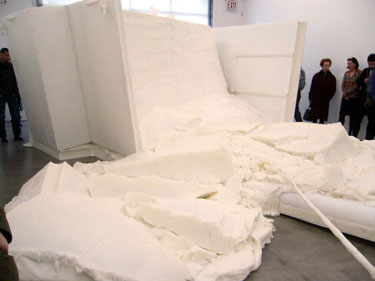What’s the big fuzz about?
Thoughts on the “hip-ness” of tee-jay
According to the latest article in the NY Times about Tijuana, everything in the city is in the brink of an imaginative outburst, as anthropologist Fiamma Montezemolo once said, everything is in a process of giving birth or being reborn. Tijuana is breeding everyone’s cultural fantasies. Now we all know that the media – attention has been mostly beneficial to particular groups that are selected and snatched to the cultural scene of another place to be brought back all chewed up – realizing that being from Tijuana in some cases was all they really had to bargain with. In a city where everything is art (donkeys, eating tacos, riding a taxi) any “normal” urban condition as a five star hotel or a restaurant with a decent chef is now viewed as an extraordinary feat of civility of the “noble savage”. Don’t misunderstand me; I am interested in the cultural life of the city as well as its “real” portrayal even if it includes images of the city that we have denied to accept. Yet, it seems that according to some Tijuana’s culture awakening began in the 70’s and suddenly Tijuana is “now” a city – It has always been one, but past rhetoric has focused on “border” conditions – a good survey of this is to look at the work realized for the bi-national art project “Insite” in its four installments and see that a significant amount of interventions where physically next to or conceptually related to – the border fence and immigration issues. The border has been an important element in the life and development of the city – yet we tend to focus on the object itself and its representations in the affects of globalization and disregard the effect this rusted piece of metal has in shaping the urban fabric of the city. It’s the proximity to one of the largest economies in the world that in many ways does not allow TJ to be a “normal” city. Any socio-cultural and urban development will always be seen as surprising, incredible, unexpected and even a strange feat of survival because of the disparity that exists within this context. We need to step back and realize that Tijuana’s image is deceptive and years of corrupted urban policies have made the city a victim of global circumstances of which we have all been participant in some way or another. So be ware of the decoys or seductions that repackage our own ‘curios” and sell them back to us as a cultural “awakening”.
If you sit for dinner at any deluxe hotel restaurant in NY and order a caesar salad while the music playing in the piano-bar is the jazz standard Kansas City Stomp written by Jerry Roll Morton, it might not be so special until you realize they where both created in Tijuana long before the city was hot and hip.












